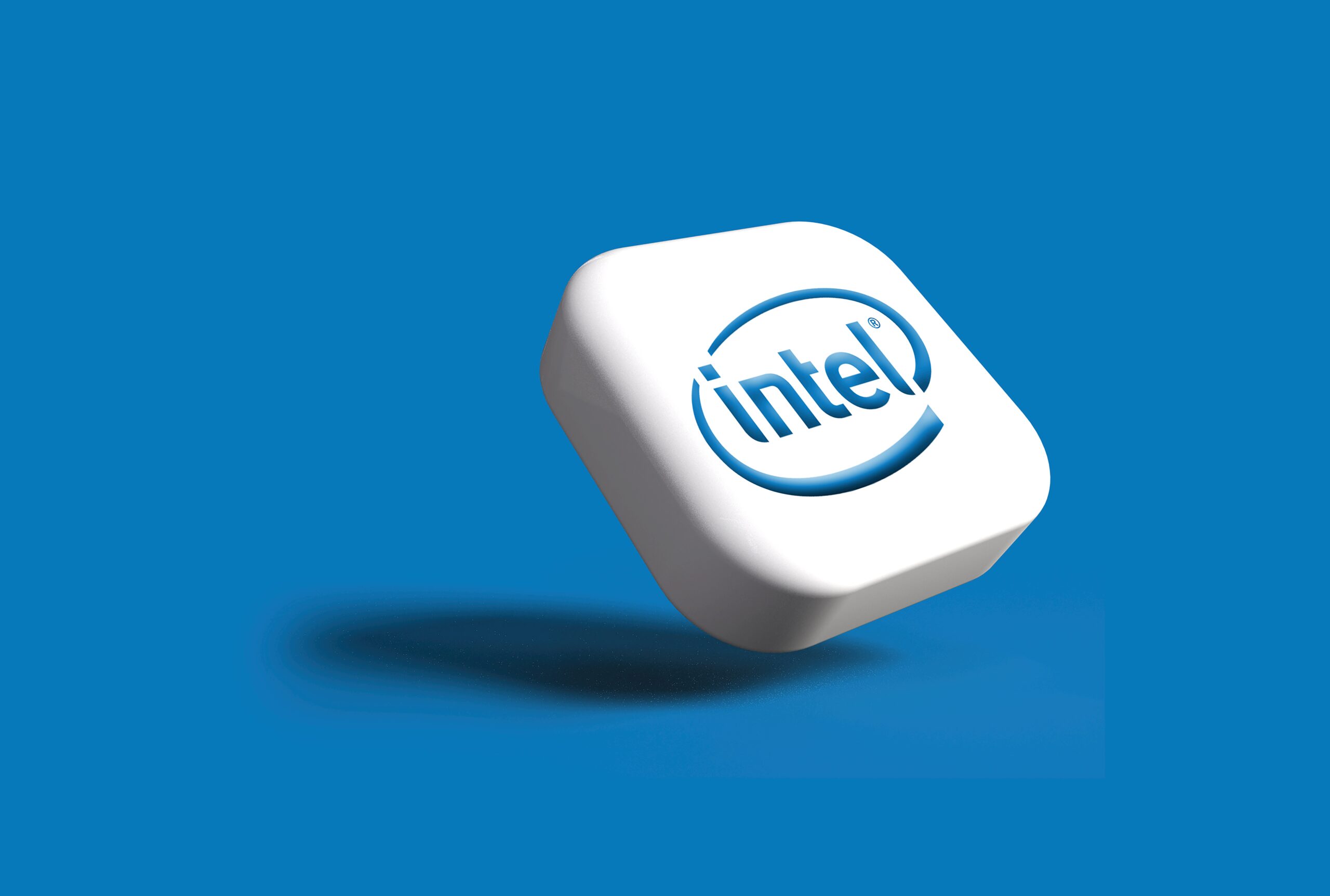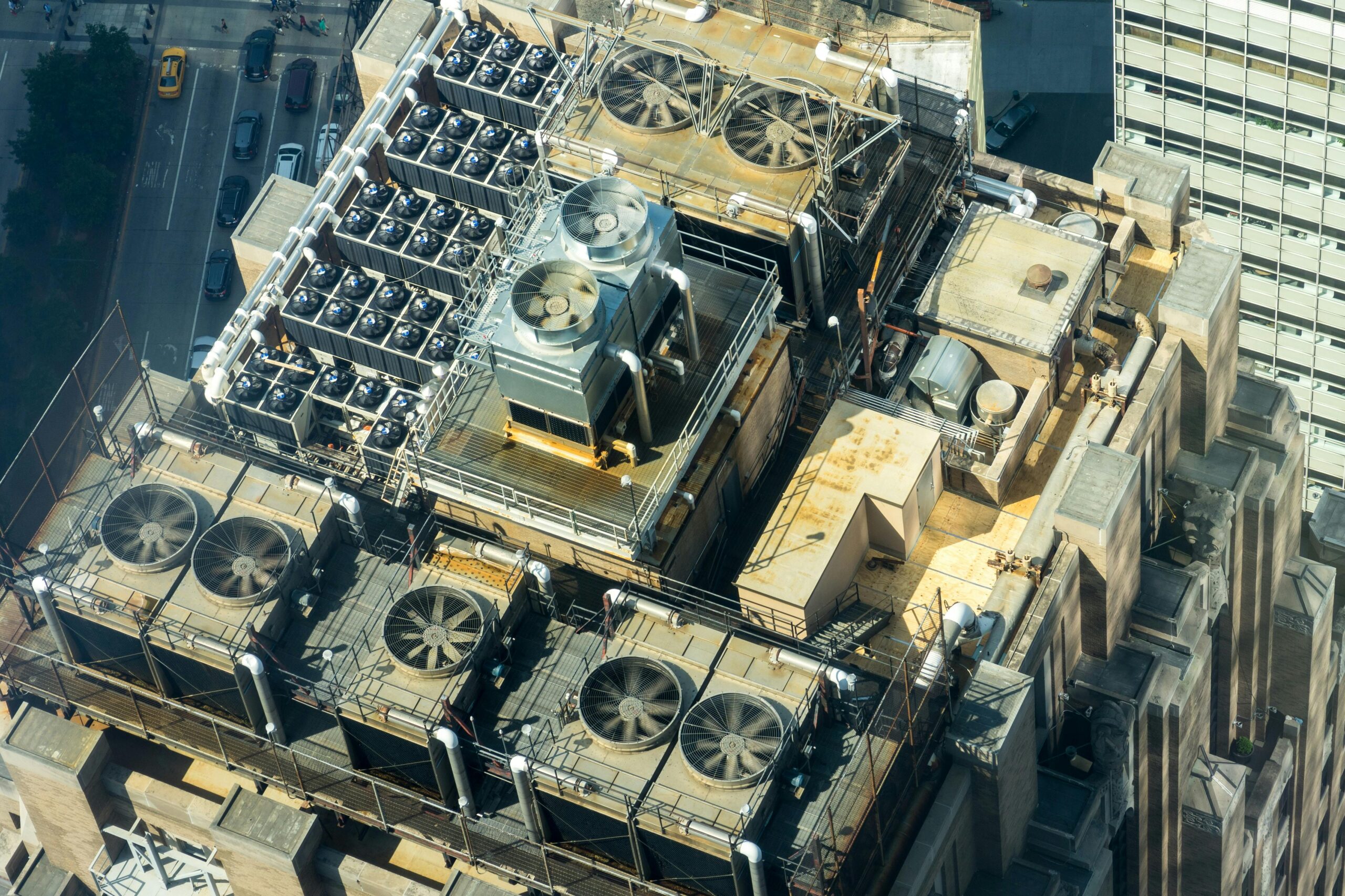 The Trump administration is once again dipping into private industry...
The Trump administration is once again dipping into private industry...
Recall that back in June, the White House took a "golden share" in industrial giant U.S. Steel... an investment that gives the government power over important business decisions.
Then, in July, the government made a $400 million equity investment in rare-earth miner MP Materials (MP)... a crucial move in President Donald Trump's plan to "de-risk" from China.
Most recently, at the end of August, the administration took a direct 10% equity stake in chipmaker Intel (INTC).
This latest deal, intended to "advance key national priorities," makes the U.S. government Intel's single largest shareholder – something rarely seen outside of crisis bailouts.
It also breathes new life into the company's once-hyped "megafab" project in Ohio... originally billed as the largest chip-manufacturing facility in the world.
Investors cheered the news, with shares of Intel jumping as much as 7% the day of the announcement.
However, as we'll explain, government cash doesn't necessarily fix operational failures...
 For years, Intel was the undisputed king of semiconductors...
For years, Intel was the undisputed king of semiconductors...
Then, rivals like Advanced Micro Devices (AMD) and Taiwan Semiconductor Manufacturing (TSM) surged ahead with faster, better chips and tighter product cycles.
Meanwhile, Intel struggled with costly delays and failed to deliver on promised chip innovations.
The company's pivot into advanced chip fabrication only deepened the cracks.
Intel bet big on regaining manufacturing supremacy... a move championed by former CEO Pat Gelsinger. Yet it turned out to be a huge financial drain.
Its foundry business, where it makes chips for other companies, recorded more than $13 billion in operating losses last year.
And its $28 billion Ohio megafab project, which was supposed to be a flagship win, has hit repeated snags...
Originally unveiled in 2022 as the "Silicon Heartland," construction has been delayed by permit issues, labor shortages, and tech bottlenecks.
Intel now says the facility won't come online until at least 2030. And even that feels optimistic.
 The company's business model itself is under pressure...
The company's business model itself is under pressure...
Intel wants to be a foundry. However, it's years behind its peers. And it still hasn't proven it can deliver cost-effective results at scale.
Execution issues remain a top concern. Intel's product road map is crowded, timelines keep shifting, and key customers like Apple (AAPL) and Nvidia (NVDA) are sourcing chips elsewhere.
Even Trump's rumored push to replace new CEO Lip-Bu Tan (formerly of Cadence Design Systems) underscores how political the business has become.
The core problem, however, is that Intel just isn't executing.
This past April, we said things may be turning around. With new management and new structural changes, it looked like Intel was righting the ship.
That remains true today... though the company still has a long way to go.
 Importantly, the Trump administration's backing is no guarantee of success...
Importantly, the Trump administration's backing is no guarantee of success...
There's a reason government capital typically flows into critical infrastructure or crisis support... not high-stakes turnarounds.
Intel is getting the kind of endorsement that typically has investors clamoring for shares.
Yet, this is still a company in the middle of a messy transition...
Its foundry ambitions are unproven. Its product road map remains behind schedule. And its biggest initiative, the Ohio megafab, is a decadelong gamble.
Until Intel proves it can deliver on its promises, savvy investors would do well to remain on the sidelines.
Regards,
Joel Litman
September 10, 2025
P.S. One week from today, on September 17, I'm going live to discuss the biggest moneymaking breakthrough in our company's history.
In short, a domino effect will be set in motion in just a few weeks that will impact dozens of America's favorite public companies. And if history is any indication, we'll see a market anomaly that could set a wave of stocks soaring 100% or more in 2025.
To understand exactly what's happening – and how to position yourself before the dominoes begin to fall – click here.



 The Trump administration is once again dipping into private industry...
The Trump administration is once again dipping into private industry...

